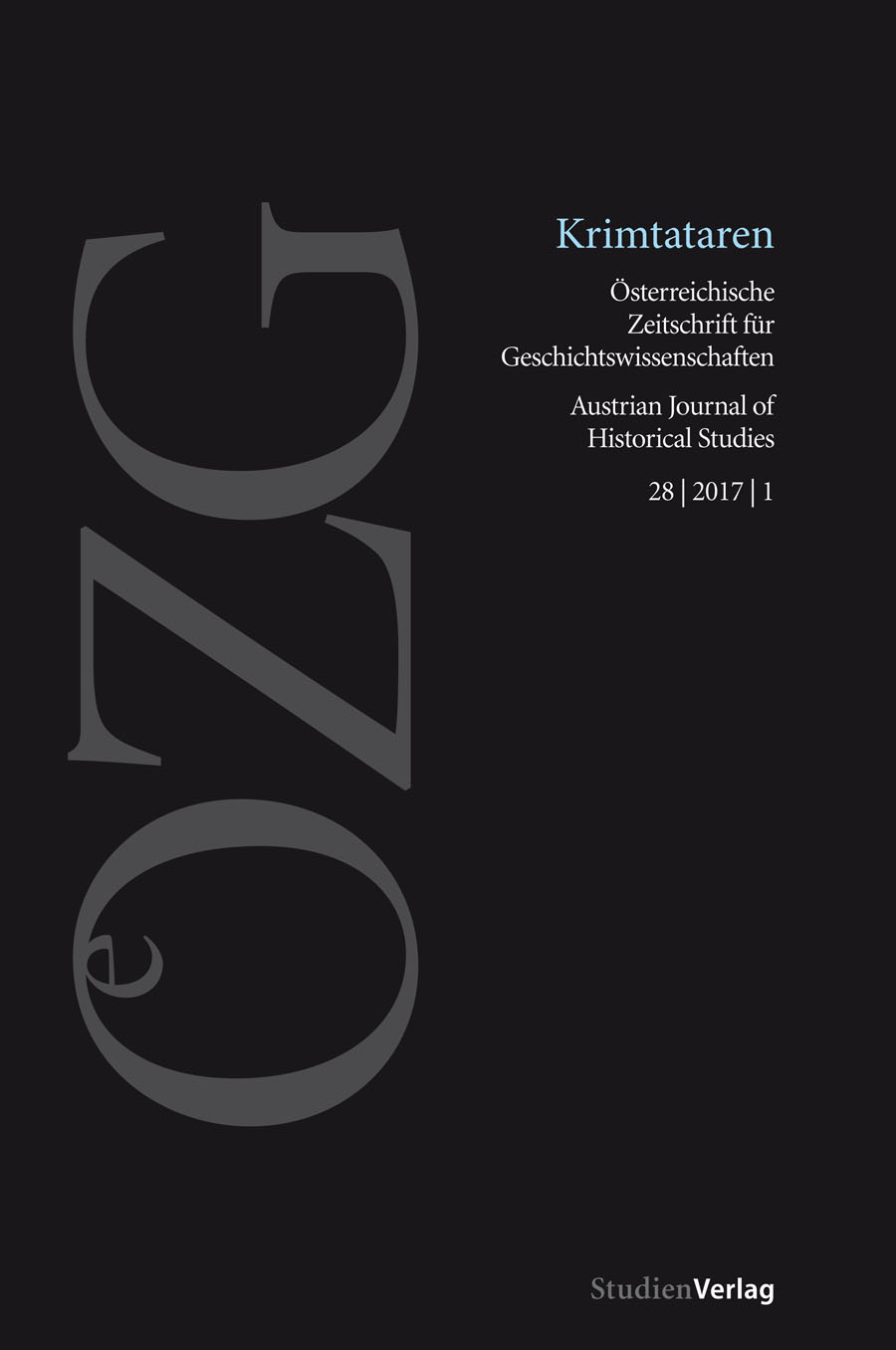‘Dark’ and ‘Golden’ Times
The Crimean Tatars under Tsarist and Soviet rule until 1941
DOI:
https://doi.org/10.25365/oezg-2017-28-1-5Keywords:
Crimean Tatars, Russia, Soviet Union, Empire, National QuestionAbstract
‘Dark’ and ‘Golden’ Times. The Crimean Tatars under Tsarist and Soviet rule until 1941. Throughout the 19th century, many Crimean Tatars left the Crimea both of their own accord and under duress, and in the wake of World War II Stalin had the Crimean Tatars forcibly expelled (the so-called sürgün). In part because of this, Russian rule over the conquered Crimea and its Muslim population since annexation in 1783 and subsequent Soviet control have tended to be seen as a continuous history of violence. While it would be inappropriate to judge Russian-Crimean Tatar encounters solely from this perspective, the existence of mutual distrust on account of religious difference is undeniable. That said, since the beginning of their cohabitation on the peninsula at the end of the 18th century, these two ethnic groups have known periods of peace and mutual exchange, at least at the local level. Within this context, this article asks whether and to what extent the Muslim Tatar population was able to participate in politics, economics, society, and culture under the Tsarist Empire and during the early Soviet period up to 1941. It demonstrates how, while both systems legally granted the Tatars a range of opportunities for participation in local politics and in the routines of daily life, these legal rights were not always implemented. The article concludes that the distinction often made between ‘bad’ (‘dark’) Tsarist and ‘good’ (‘golden’) Soviet times is thus inappropriate.


